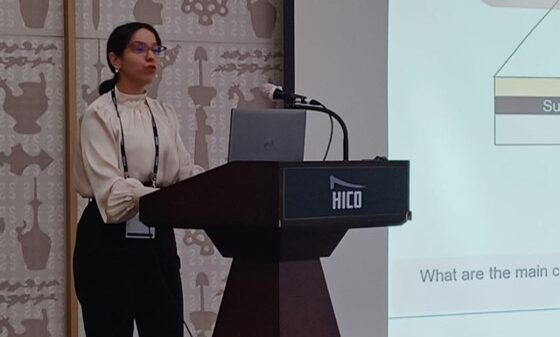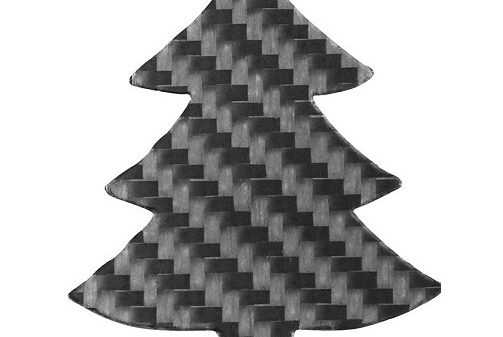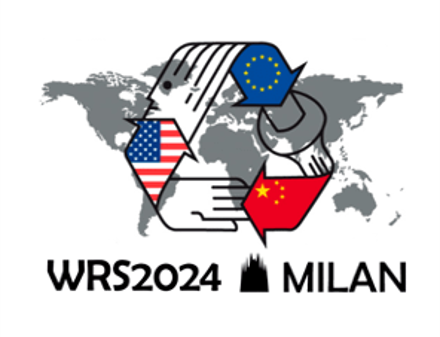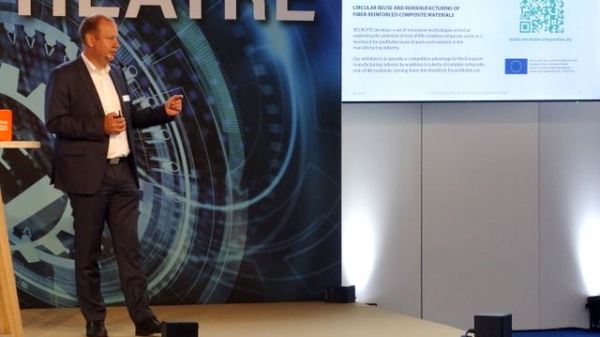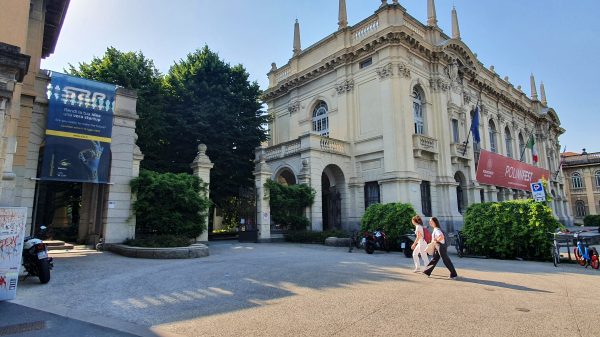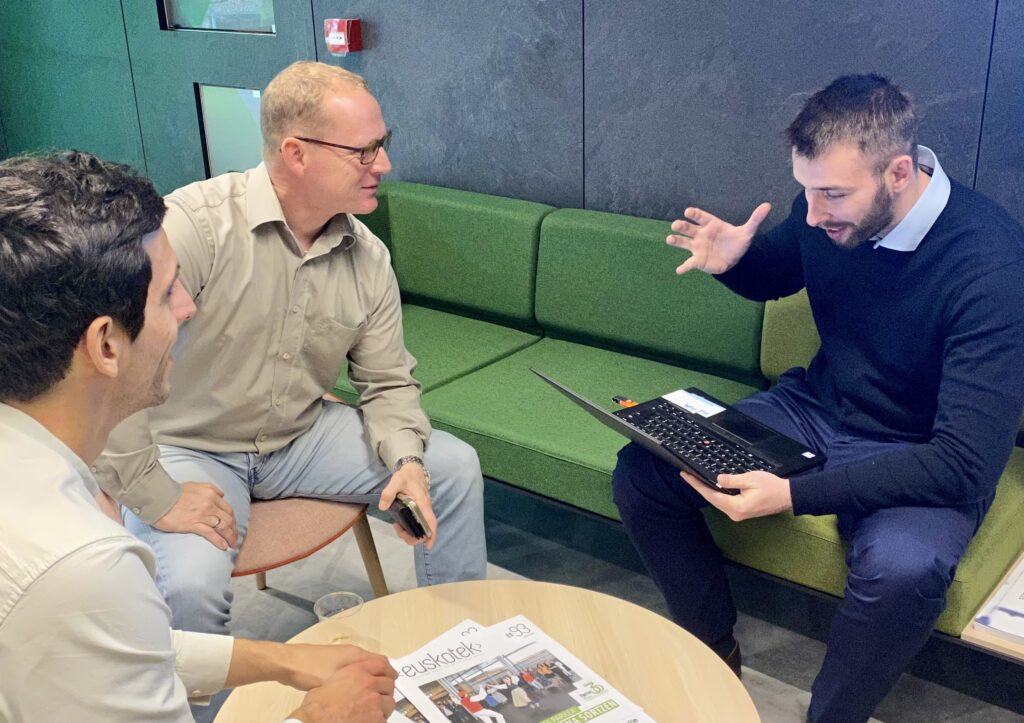
Increasing circularity has become a major challenge for innovators across all European industries. Those sectors dealing with composites have many things in common, particularly the complexity of the materials themselves, which defines and confines the circularity potential. The RECREATE project aims exactly at this issue – to make new technologies available for exploitation which will increase the circularity potential across different industries and cross-sectoral value chains, bringing new opportunities beyond the present horizon.
While the team was still working on the Composites Market Overview (Deliverable 1.1: The Mapping and Assessment of the Complex Eol Composite Waste Stream), we discussed a number of industry-related challenges with AVK team members Volker Mathes and Fabian Rechsteiner at the second Consortium meeting on 15th November 2022 in Bilbao. AVK is the Federation for Reinforced Plastics (Industrievereinigung Verstärkte Kunststoffe e.V.) and one of the largest composite networks in Europe. Thanks to their expertise we significantly deepened our insight into the composites market, even anticipating some of the expected findings of the awaited project deliverable.
To begin with, Volker and Fabian introduced us to different types of reinforced composite materials.
“When it comes to polymers, they behave differently when exposed to heat,” Volker explained. “We distinguish between two types of polymer materials: thermoplastics and thermosets. Thermoplastics are a type of polymer that can be softened and melted by the application of heat, and can be processed either in the heat-softened state (e.g. by thermoforming) or in the liquid state (e.g. by extrusion and injection moulding). This means that reinforced composites containing such polymers are easier to reuse and recycle. These types of fibre-reinforced materials are used mostly in the transport and electronics industries. On the other hand, thermosets are formed when two or more components chemically react with each other and are joined by a chemical bond which makes the separation of these mechanical bonds much more difficult. This in simpler terms means the reuse of such reinforced composite materials is complex and there are not many solutions for reusing reinforced composite material in the market today. These types of reinforced composite materials are used primarily in the construction and transport industries, as well as in sports.”
This is why RECREATE is mainly focusing on researching the thermoset fibre reinforced materials, in order to discover new ways to reuse them and find new applications for them in different industries. In general, AVK foresees the early adopters of materials to be developed within the RECREATE project mostly in the wind turbine, construction and marine industry sectors.
AVK sees that the market is generally growing and expanding: “The thermoset market is growing more slowly than the thermoplastic market,” Fabian and Volker explained.
“Although the pandemic crisis has mixed everything up, analyses show that before the pandemic the thermoplastic market was growing at about 8-10% and the thermoset market at only about 2%. Specific composite markets such as carbon-fibre-reinforced plastics grow a lot faster.”
Are large companies prepared to innovate with new materials, and what kind of challenges does it pose for them?
Volker: “Large companies in the automotive industry, mostly pertaining to the tier 1 level of an industry supply chain, are not eager to test new materials, even though we have to understand that most innovations come from the tier 2 and tier 3 levels. The reason is that at the tier 1 level, organisations operate in stable conditions managing high-quality processes, and they are not prone to making changes. As a consequence, the automotive sector is not eager to experiment much, because change means additional cost. It is even worse in the aerospace industry, where it could take 10 or 15 years to introduce a new material. Another problem is testing and compliance with regulations imposed for safety reasons, which further slows the uptake of material-related innovations.
On the bright side, regulations will soon impose on the industry the requirement for a certain percentage of a vehicle to be composed of recycled material. It could be as much as 55%. This only proves that the secondary composite market will definitely grow!”

